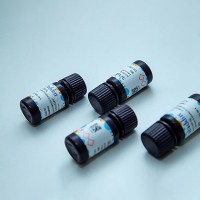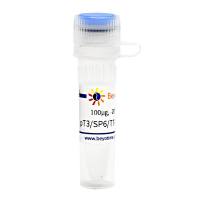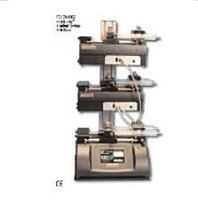Synthesis, Conjugation, and Labeling of Multifunctional pRNA Nanoparticles for Specific Delivery of siRNA, Drugs, and Other Therapeutics to Target Cel
互联网
295
RNA is unique in nanoscale fabrication due to its amazing diversity of function and structure. RNA nanoparticles can be fabricated with a level of simplicity characteristic of DNA while possessing versatile tertiary structure and catalytic function similar to that of proteins. A large variety of single stranded loops are suitable for inter- and intramolecular interactions, serving as mounting dovetails in self-assembly without the need for external linking dowels. Novel properties of RNA nanoparticles have been explored for treatment and detection of diseases and various other realms. The higher thermodynamic stability, holding of noncanonical base pairing, stronger folding due to base stacking properties, and distinctive in vivo attributes make RNA unique in comparison to DNA. Indeed, the potential application of RNA nanotechnology in therapeutics is an exciting area of research.
The use of RNAi in biomedical research has opened up new possibilities to silence or regulate the biological function of individual genes. Small interfering RNA (siRNA) has been extensively explored to genetically manipulate the expression in vitro and in vivo of particular genes identified to play a key role in cancerous or viral diseases. However, the efficient silencing of the desired gene depends upon efficient delivery of siRNA to targeted cells, as well as in vivo stability. In this chapter, we use the bacteriophage phi29 motor pRNA-derived nanocarrier as a polyvalent targeted delivery system, introduce the potential of RNA-based therapeutics using nanobiotechnology or nanotechnology methods with the fabrication and modification of pRNA nanoparticles, and highlight its potential to become a valuable research tool and viable clinical approach for gene therapy.









